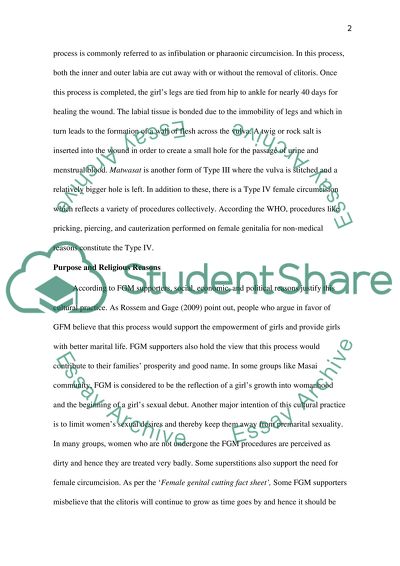Cite this document
(“Female Genital Multilation Research Paper Example | Topics and Well Written Essays - 2000 words”, n.d.)
Retrieved de https://studentshare.org/sociology/1458794-female-genital-multilation
Retrieved de https://studentshare.org/sociology/1458794-female-genital-multilation
(Female Genital Multilation Research Paper Example | Topics and Well Written Essays - 2000 Words)
https://studentshare.org/sociology/1458794-female-genital-multilation.
https://studentshare.org/sociology/1458794-female-genital-multilation.
“Female Genital Multilation Research Paper Example | Topics and Well Written Essays - 2000 Words”, n.d. https://studentshare.org/sociology/1458794-female-genital-multilation.


